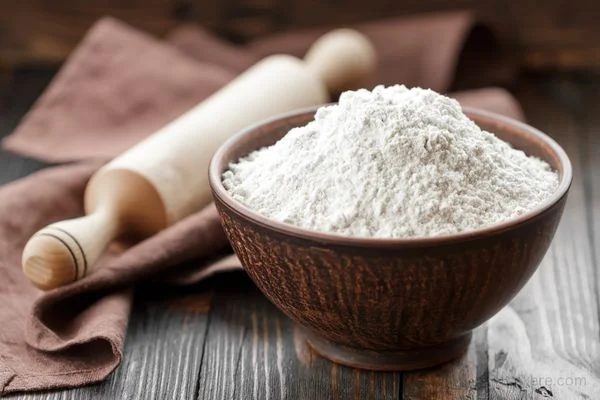If you are a baking enthusiast, you’ve probably heard of self-raising flour. But what exactly is it, and how does it differ from all-purpose flour?
Self-raising flour is a combination of plain flour, baking powder, and salt. It is often used in recipes that require a leavening agent, such as cakes, scones, and biscuits. In this article, we will explore what self-raising flour does in baking and how to use it effectively in your recipes.

What Is Self-Raising Flour?
Self-raising flour is a type of flour that is pre-mixed with baking powder and salt. It is commonly used in recipes that require a leavening agent, such as cakes, muffins, and biscuits.
The baking powder in self-raising flour reacts with the acidic ingredients in the recipe, such as buttermilk or yogurt, to create carbon dioxide gas. This gas causes the dough or batter to rise and gives the final product a light and fluffy texture.
How Does Self-Raising Flour Work in Baking?
When self-raising flour is mixed with liquid and other ingredients, the baking powder in the flour reacts to create carbon dioxide gas.
This gas expands and creates air pockets in the dough or batter, causing it to rise. The salt in the flour also helps to strengthen the gluten in the flour, resulting in a firmer texture. Self-raising flour can be used in place of plain flour in most recipes that require a leavening agent.
How to Use Self-Raising Flour in Baking?
Self-raising flour can be used in a variety of recipes, such as cakes, muffins, and biscuits. To use self-raising flour, simply replace the plain flour in the recipe with self-raising flour.
However, it’s important to keep in mind that self-raising flour already contains salt and baking powder, so you should adjust the recipe accordingly. If the recipe already includes baking powder or cream of tartar, reduce the amount by half. If the recipe does not include salt, reduce the amount of salt by half.
Tips for Using Self-Raising Flour in Baking:
- Store self-raising flour in a cool, dry place, away from sunlight.
- Do not overmix the batter or dough, as this can result in a tough texture.
- Sift the flour before using it to ensure that it is evenly distributed and free of lumps.
- Use self-raising flour in recipes that require a leavening agent, such as cakes, muffins, and biscuits.
- Adjust the recipe to account for the baking powder and salt in the self-raising flour.
FAQs
Self-raising flour can be used in most recipes that require a leavening agent. However, if the recipe does not require a leavening agent, it’s best to use plain flour.
Yes, you can make your own self-raising flour by combining plain flour with baking powder and salt. For every cup of plain flour, add 1 1/2 teaspoons of baking powder and 1/4 teaspoon of salt.
